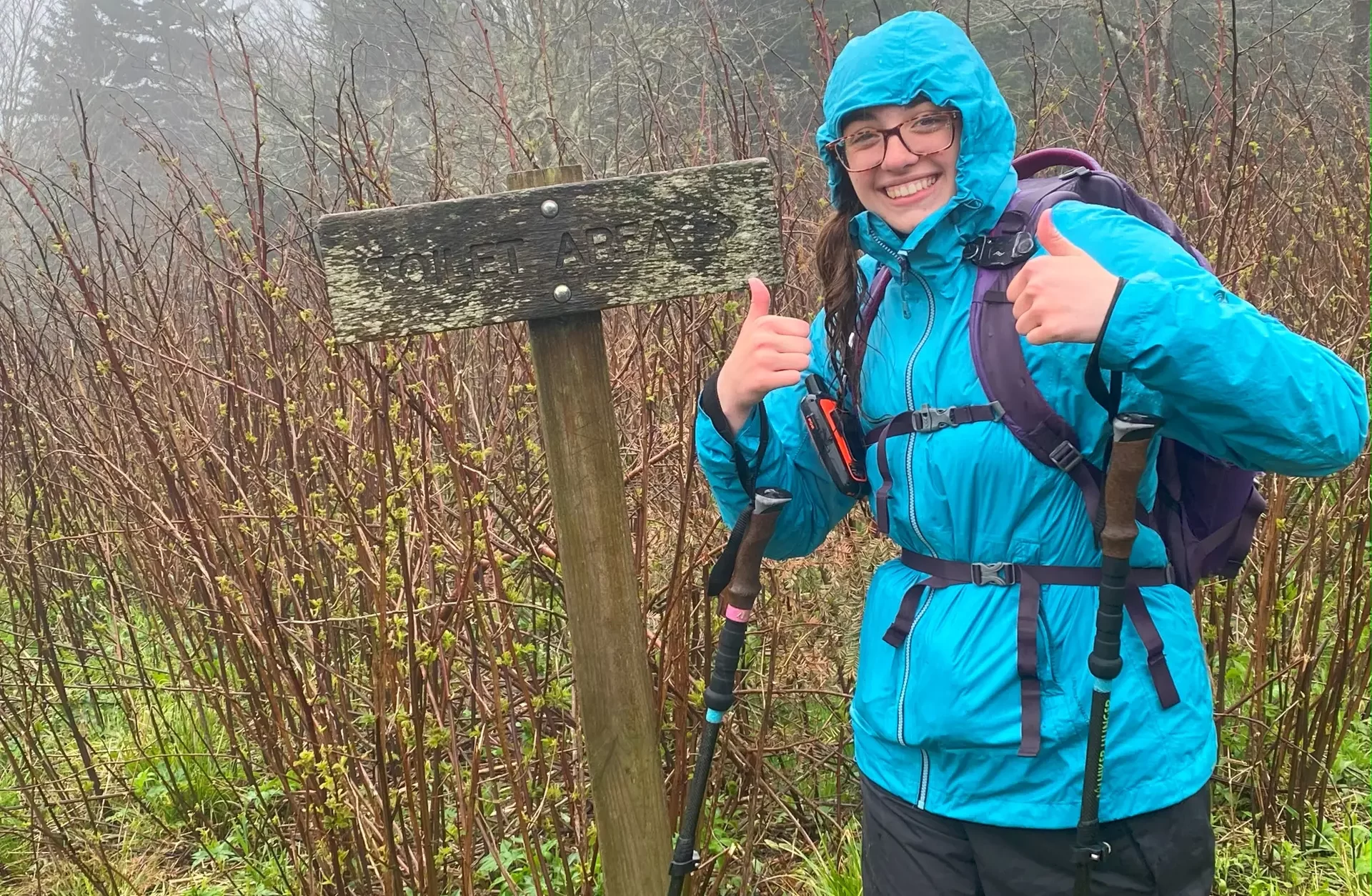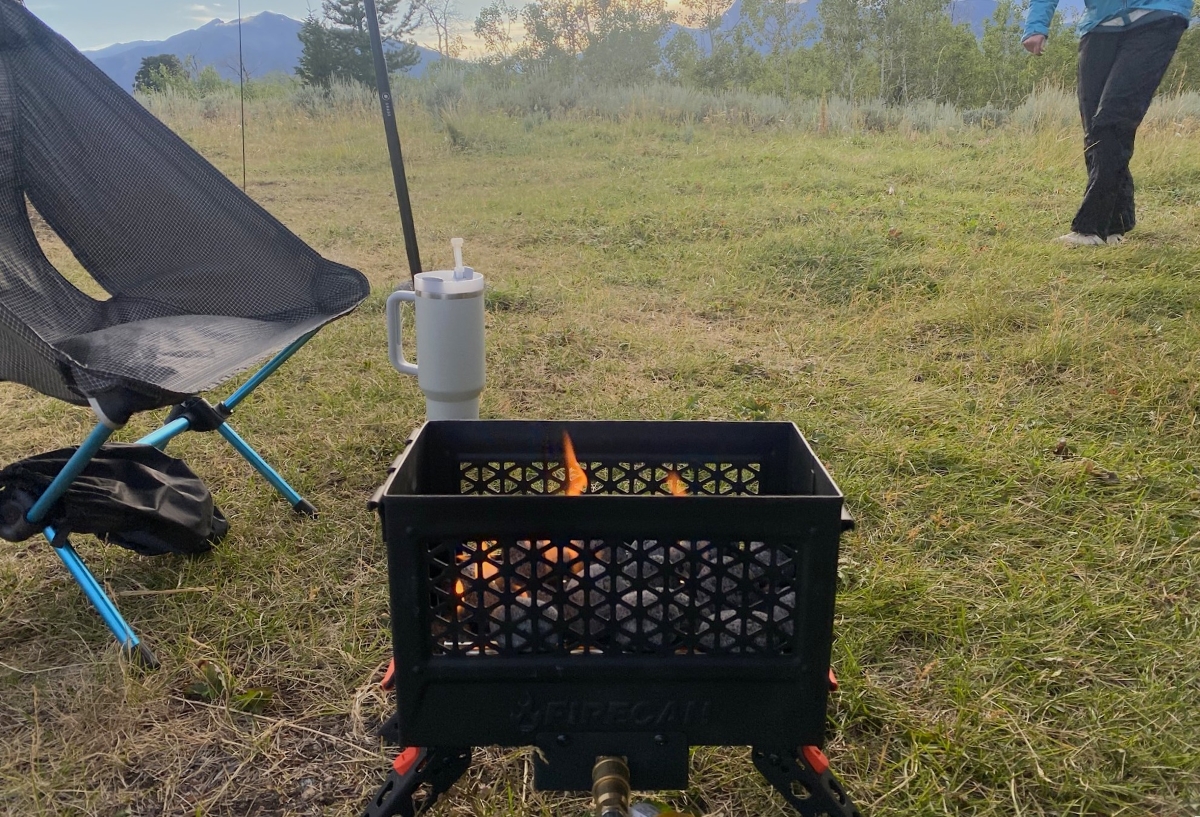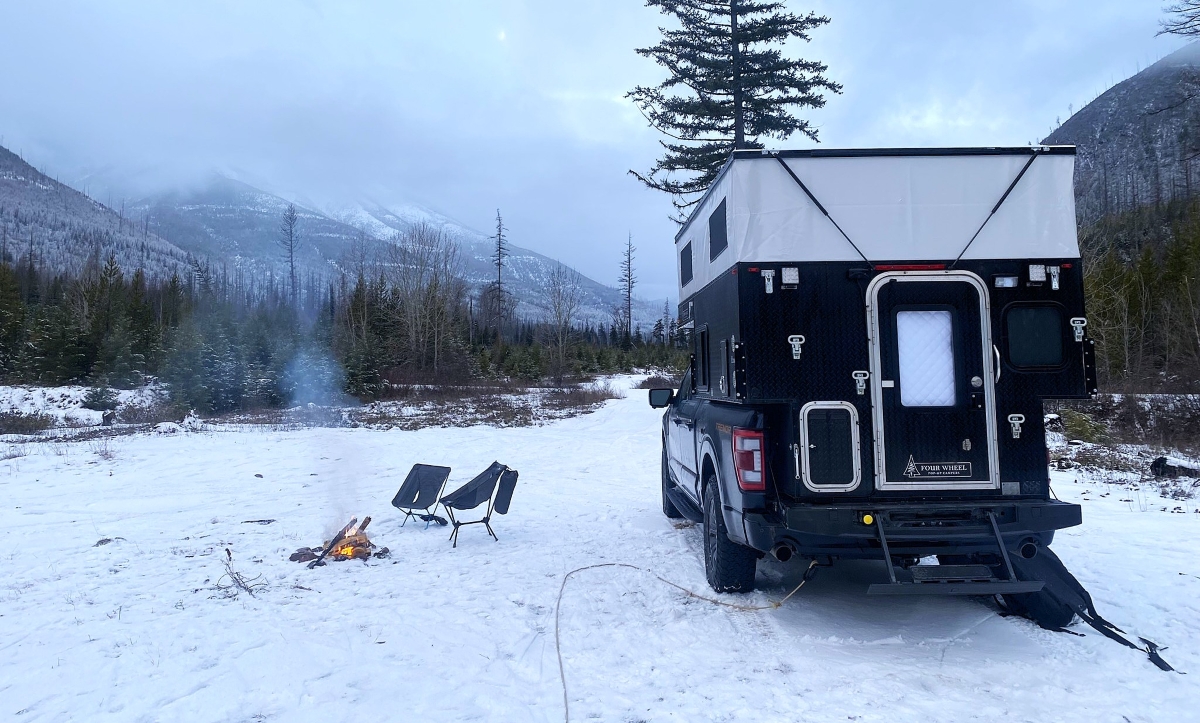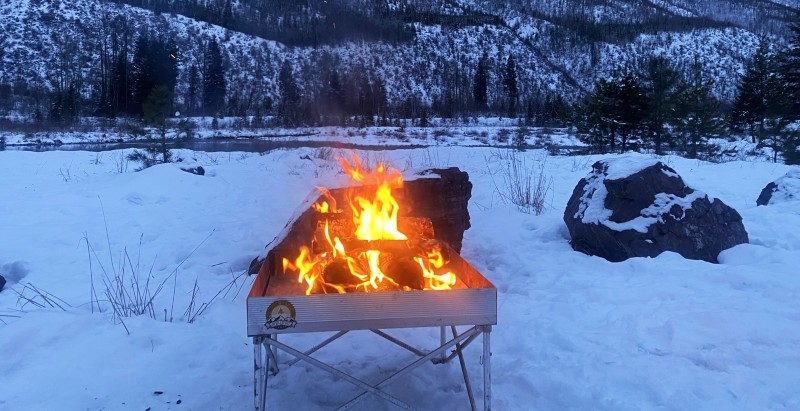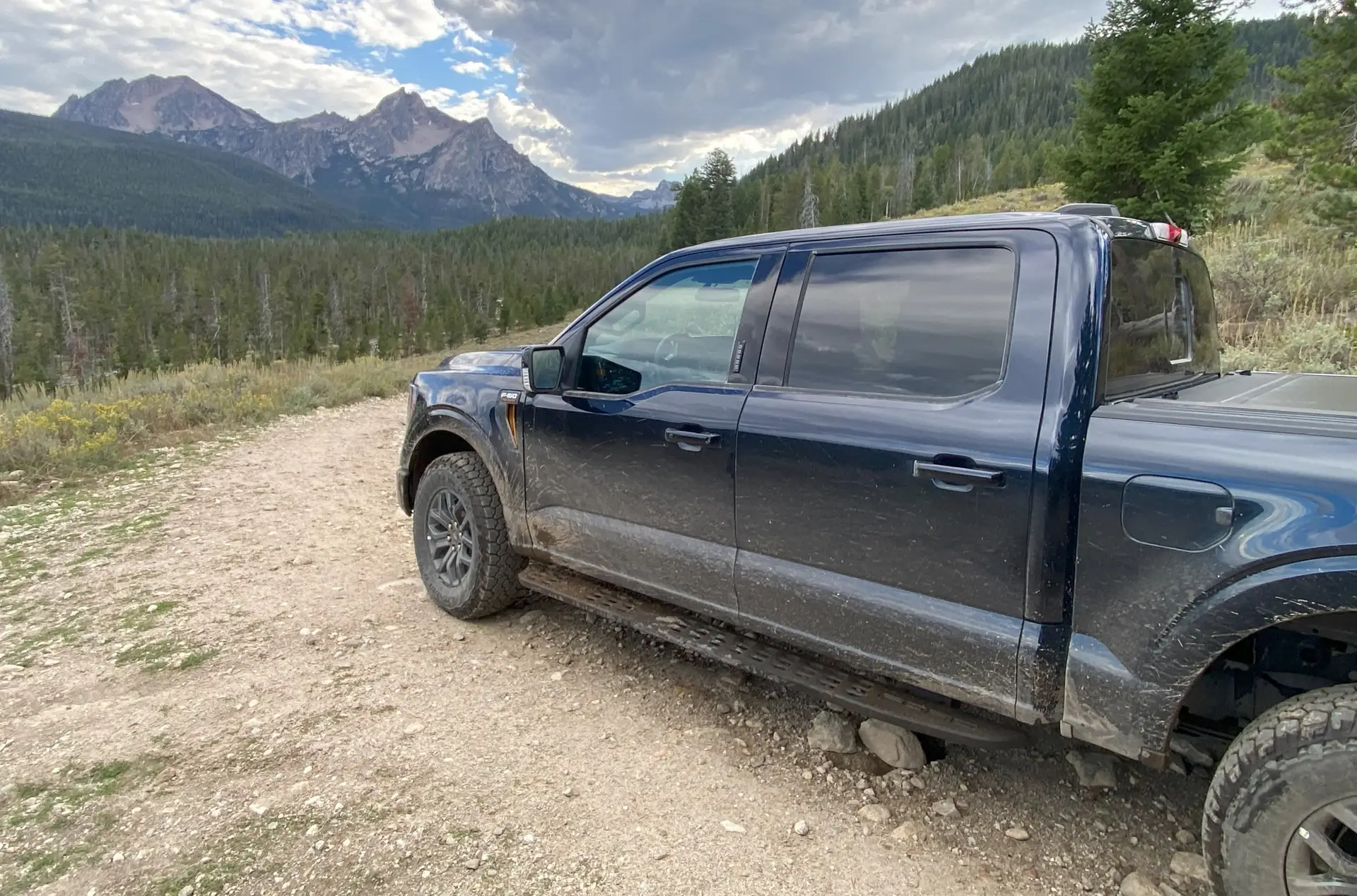
Getting Into Overlanding? Your Stock Vehicle is Enough
Overlanding has grown tremendously in popularity. It’s easy to see why: the freedom to explore remote and beautiful places at your own pace is irresistible. However, a common misconception is that you need an expensive, custom-built vehicle to start overlanding. In reality, you can start overlanding without breaking the bank. Here’s why.
1. Basic Vehicles Can Handle More Than You Think
You don’t need a top-of-the-line, heavily modified 4×4 to enjoy overlanding. Many stock vehicles, such as SUVs, trucks, and even some crossovers, are perfectly capable of handling many overlanding routes. I would take a reliable vehicle over a heavily modified one every day of the week. The key is understanding the capabilities and limits of your vehicle. Start with trails that are suitable for your vehicle. There have been plenty of times where I’m down a forest service road, and here comes someone in their Toyota Corolla. Now, is that the vehicle I would choose? No, but it illustrates that you can get pretty far with a basic vehicle. If you have a stock 4WD, high-clearance vehicle, chances are it is more than capable to start overlanding with.
2. Essential Modifications
While you might eventually want to make some major vehicle modifications, many of these can be done incrementally. Here are some ideas for where to start:
- All-Terrain Tires: Investing in a good set of all-terrain tires can significantly improve your vehicle’s performance on rough terrain. They tend to have more rigid sidewalls that resist punctures and handle airing up and down better than standard tires do.
- Armor: Skid plates and rock sliders protect your vehicle in case you bottom out or take a hit on the underbelly or on the side rails of your vehicle. They give you peace of mind and can prevent major damage when tackling rougher trails.
- Lighting: Visibility is key when navigating difficult terrain. Having extra lighting to increase your field of view or to cut through foggy, dusty, or snowy conditions can reduce fatigue while driving and increase your overall enjoyment of overlanding. Not to mention improving safety.
3. Focus on Essential Gear
- Basic Recovery Gear: Items like a quality tow strap, a shovel, and traction boards are inexpensive and can get you out of tricky situations.
- Air Compressor: Being able to air down your tires is a game-changer on off-road trails. It lessens the abuse on your vehicle and your passengers going down rocky terrain and increases traction in slippery conditions.
- Tool Kit: Have some basic tools for in-the-field repairs. I carry a tool roll that contains wrenches, sockets, pliers, a hammer, screwdrivers, and some other basic tools.
- Appropriate-Sized Jack: Make sure you have a jack that is capable of lifting your vehicle and can do so on imperfect terrain. I prefer a bottle jack. They are relatively compact, capable of lifting heavy weight, and with the help of a leveling block, can be used safely in the backcountry.
- Battery Jump Box: You never want to be stranded far from the nearest town because of a dead battery. Carry some form of a jump box. I carry a NOCO HD GB70, which is a lithium option. This unit is plenty powerful enough for my vehicle yet comes in a compact package.
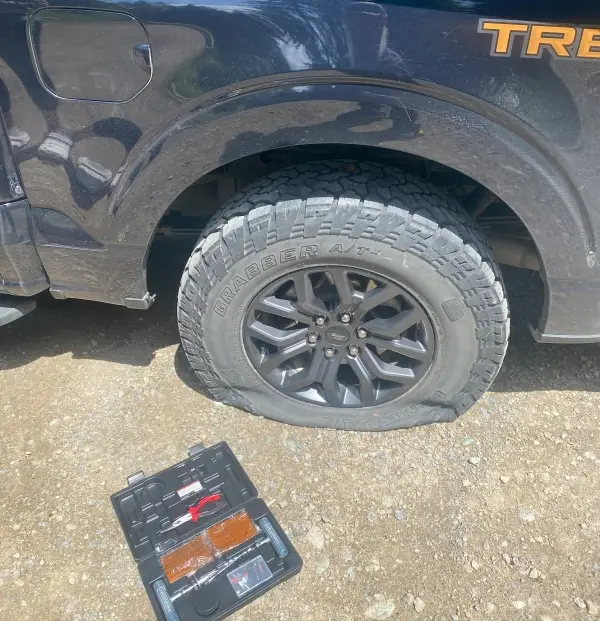
Starting your overlanding journey doesn’t require an expensive custom vehicle. With a reliable stock vehicle, some essential gear, and a willingness to learn, you can enjoy the adventures and freedom that overlanding offers. Focus on building your skills and gradually upgrading your equipment as you gain experience. Remember, the best part of overlanding is the journey itself, not the price tag of your vehicle.
Matt Vittal
Matt is a software engineer living in Northwest Montana. He is an avid outdoorsman who spends his free time hiking, backpacking, camping, hunting, and fishing.
